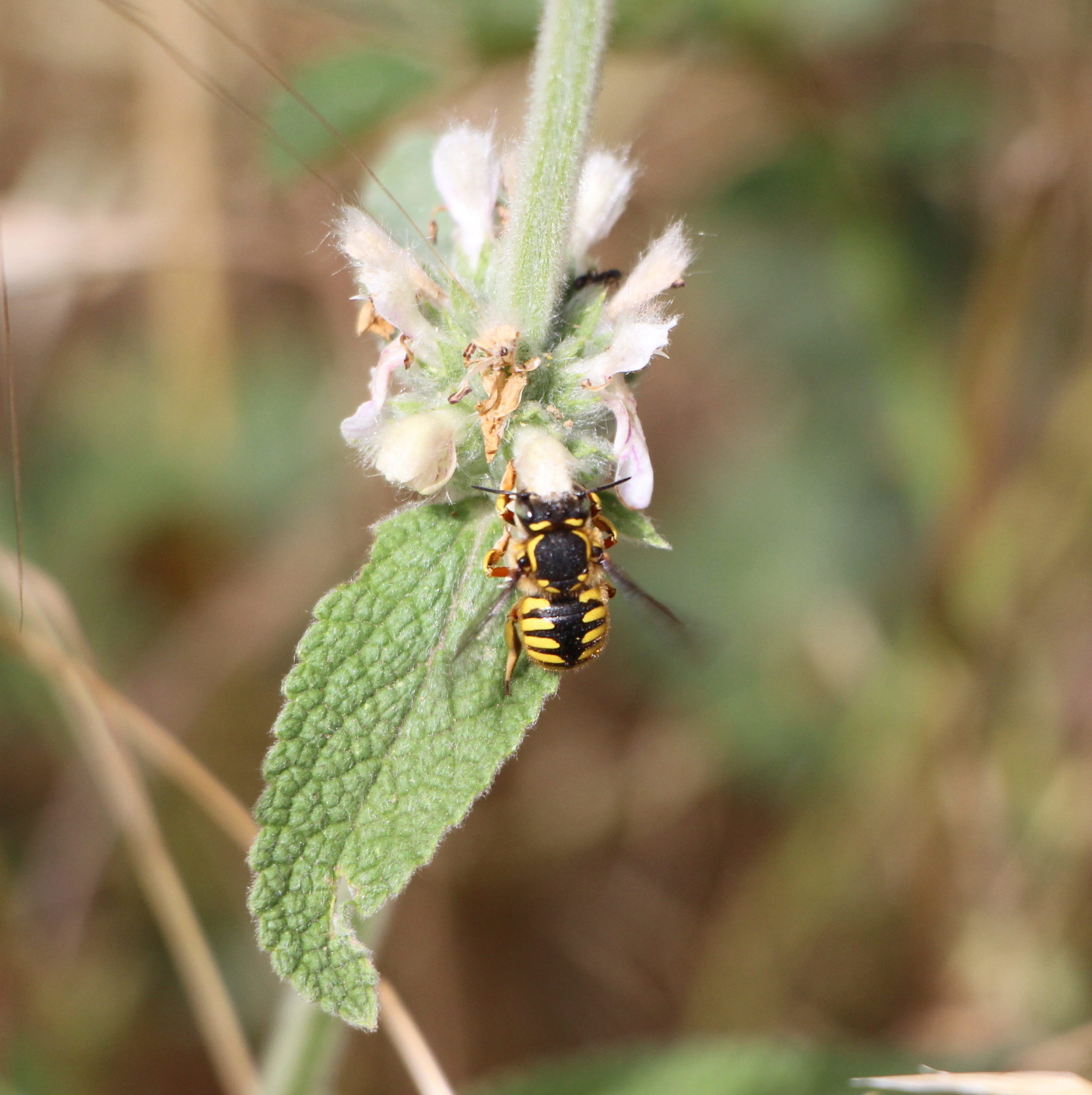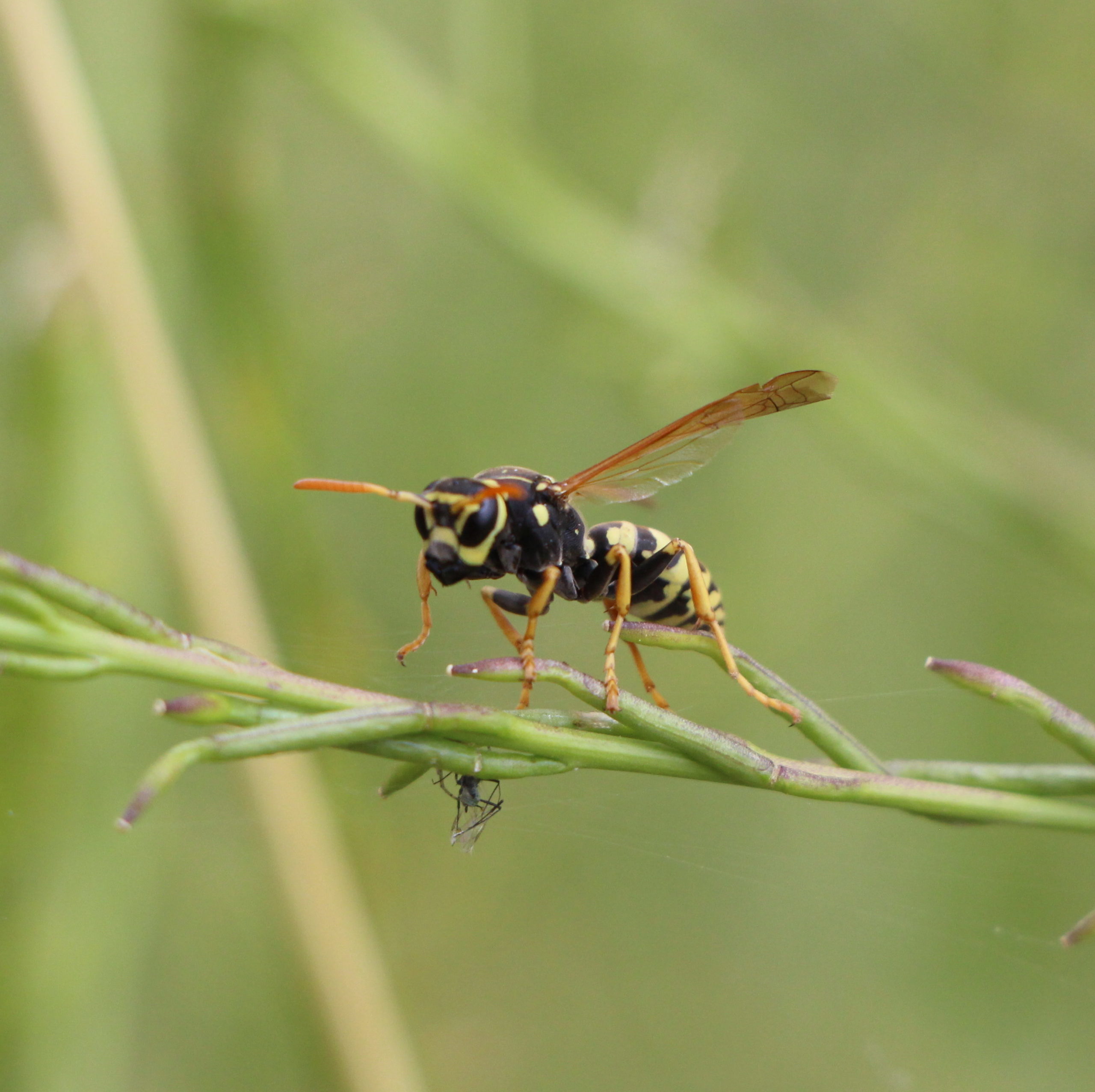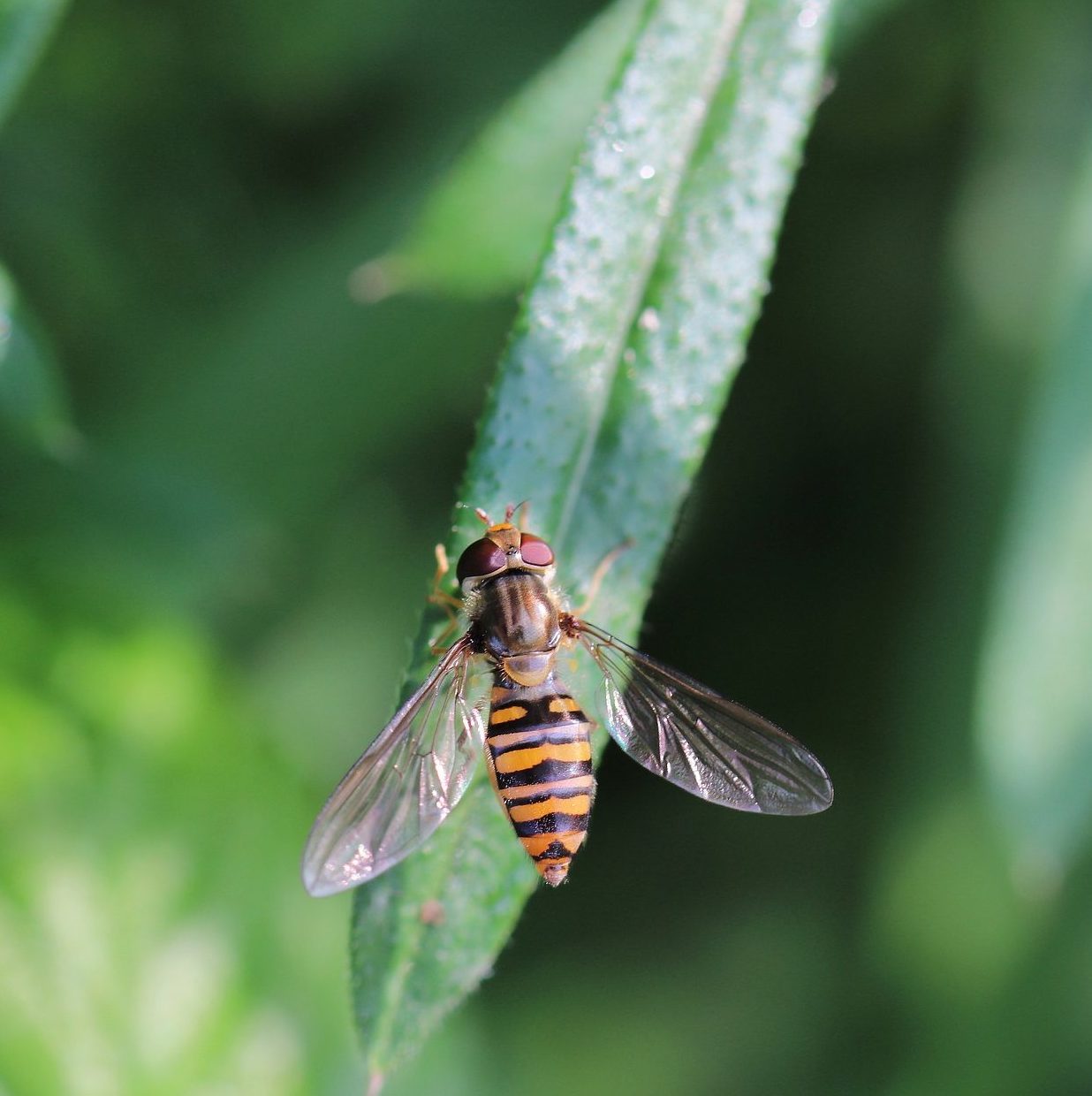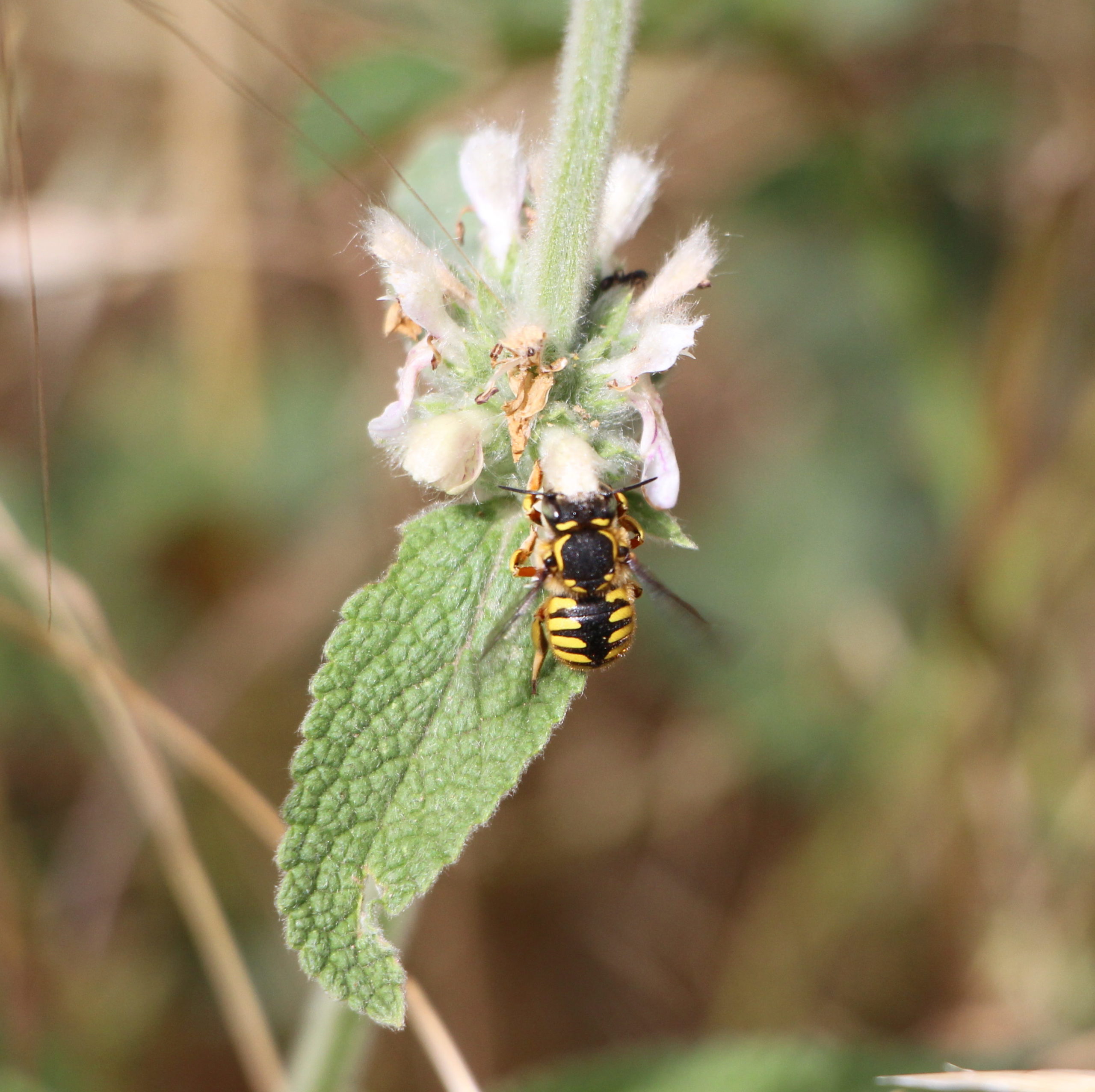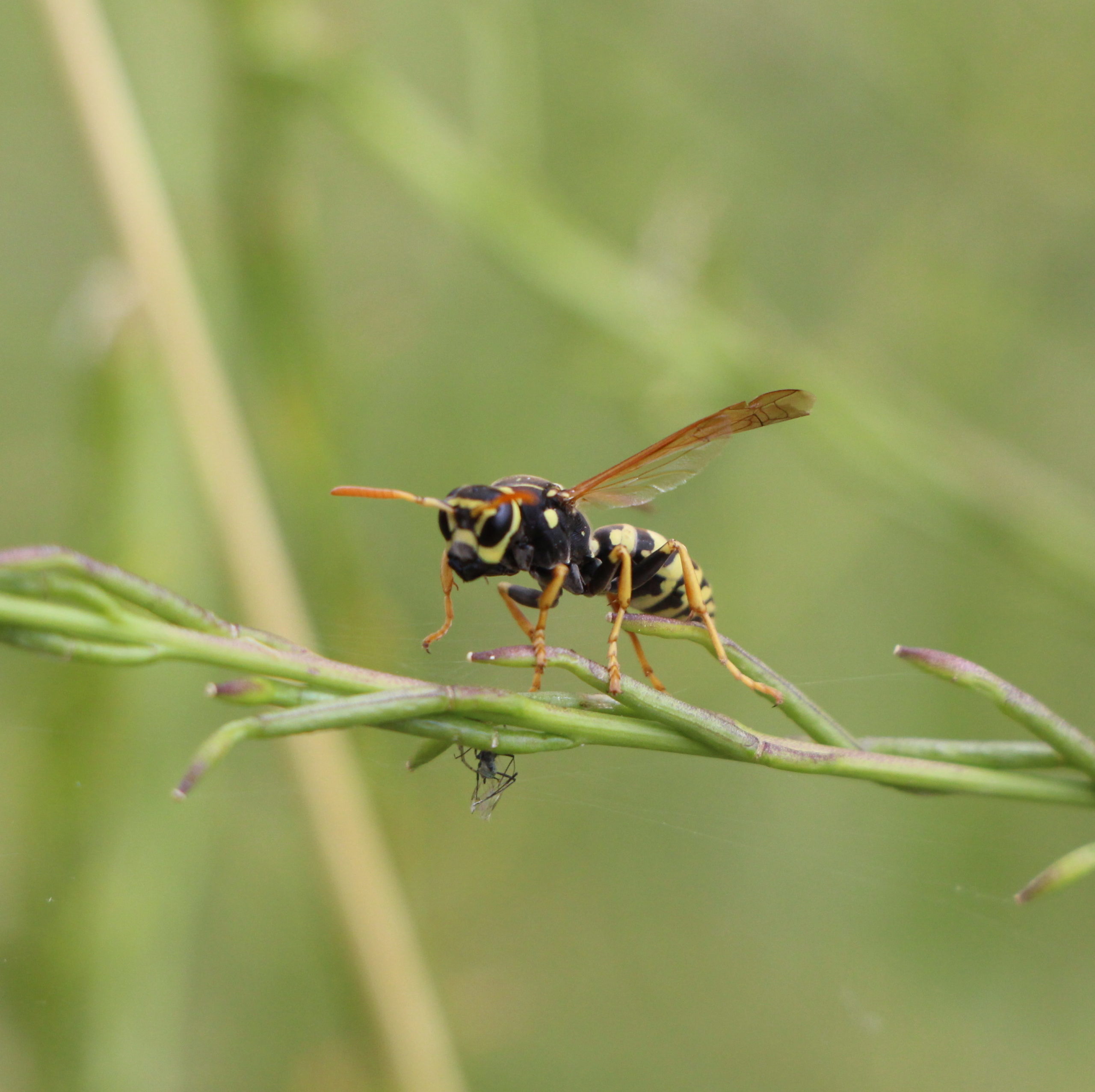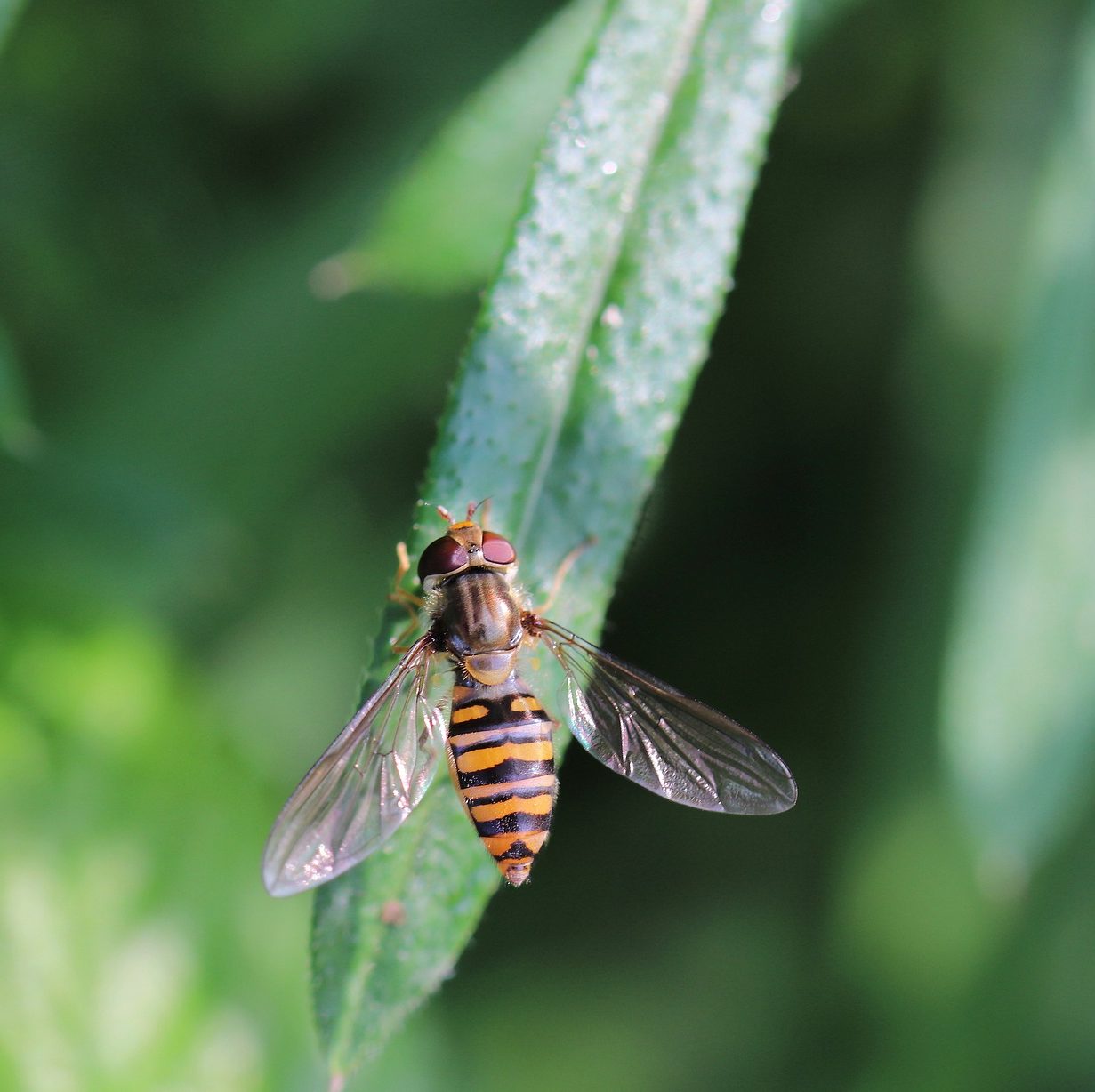Chi siamo?
Non è così facile da riconoscere, perché sono tutti molto simili alla vespa e questo di proposito.
Le vespe con il loro pungiglione velenoso sono tra gli insetti più difendibili e si rendono difficili ai predatori. Lo indicano con il loro costume di avvertimento nero e giallo.
I sirfidi cercano di imitare questo costume di avvertimento e quindi anche di proteggersi. Questa imitazione si chiama “mimetismo”.
In realtà, il sirfide è innocuo e, a ben guardare, può essere distinto dalla vespa, perché con un solo paio di ali può “stare in aria” come un elicottero.
Anche l’ape lanosa a lamelle sfrutta questo effetto e cerca di proteggersi dai predatori.
Serpenti volanti?
“Li trovo così interessanti perché il serpente è forse l’animale meno ovvio che dovrebbe essere in grado di volare nell’aria” – Jake Socha, Università di Virginia Tech
I serpenti, naturalmente, non possono volare nel senso in cui possono farlo le api, eppure c’è una specie di serpente, il serpente volante del paradiso, che è l’unico vertebrato senza estremità che può planare nell’aria. Vivono nelle foreste pluviali dell’Asia meridionale e sudorientale e sono lunghi circa 1 metro. Sono stati osservati spingersi fuori da un ramo e scivolare nell’aria per distanze fino a 20 metri prima di atterrare su un altro ramo. Così facendo, i serpenti strisciano nell’aria in un modo molto caratteristico.
Questo fenomeno è stato ora studiato da un team di ricercatori dell’Università della Virginia Tech di Blacksburg.
In arene di salto costruite artificialmente hanno fatto scivolare diversi serpenti da un’altezza di più di 8 metri su un albero e hanno osservato i movimenti dei serpenti con l’aiuto di riflettori sul corpo dei serpenti e telecamere a infrarossi.
Sono giunti alla conclusione che i serpenti eseguono ondulazioni sia orizzontali che verticali, per cui eseguono movimenti verticali due volte più spesso.
Attraverso questa tecnica dei meandri, i serpenti raggiungono la stabilità nel volo e possono planare nell’aria in modo controllato – e quindi volare un po’.
Who are we?
They are not so easy to recognise, because they are all very similar to the wasp and this on purpose.
Wasps with their poisonous sting are among the most defensible insects and make it difficult for predators. They indicate this with their black and yellow warning costume.
Hoverflies try to imitate this warning costume and thus also to protect themselves. This imitation is called ” mimicry “.
In reality, the hoverfly is harmless and, on closer inspection, can be distinguished from the wasp, because with just one pair of wings it can ‘stay in the air’ like a helicopter.
The oblong woolcarder bee also exploits this effect and tries to protect itself from predators.
Flying snakes?
“I find them so interesting because the snake is perhaps the least obvious animal that should be able to fly through the air.”-Jake Socha, University of Virginia Tech
Snakes, of course, cannot fly in the sense that, say, bees can, and yet there is one species of snake, the golden tree snake, that is the only species of vertebrate that can glide through the air without extremities. They live in the rainforests of South and Southeast Asia and are about 1 meter long. They have been observed to push off from a branch and glide through the air covering distances of up to 20 meters before landing on another branch. In doing so, the snakes slither through the air in a very characteristic way.
This phenomenon has now been investigated by a team of researchers from the University of Virginia Tech in Blacksburg.
In artificially built jumping arenas, they let several golden tree snakes glide onto a tree from a height of more than 8 meters and observed the snakes’ movements with the help of reflectors on the snake’s bodies and infrared cameras.
They concluded that the snakes perform both horizontal and vertical undulations, with vertical movements occurring twice as often.
Through this meandering technique, the snakes achieve stability in flight and can glide through the air in a controlled manner – and thus fly a bit.

